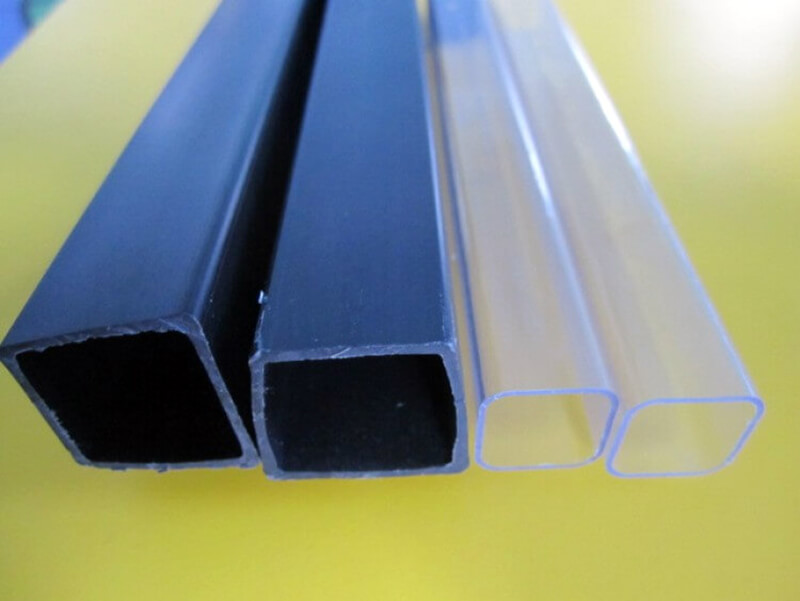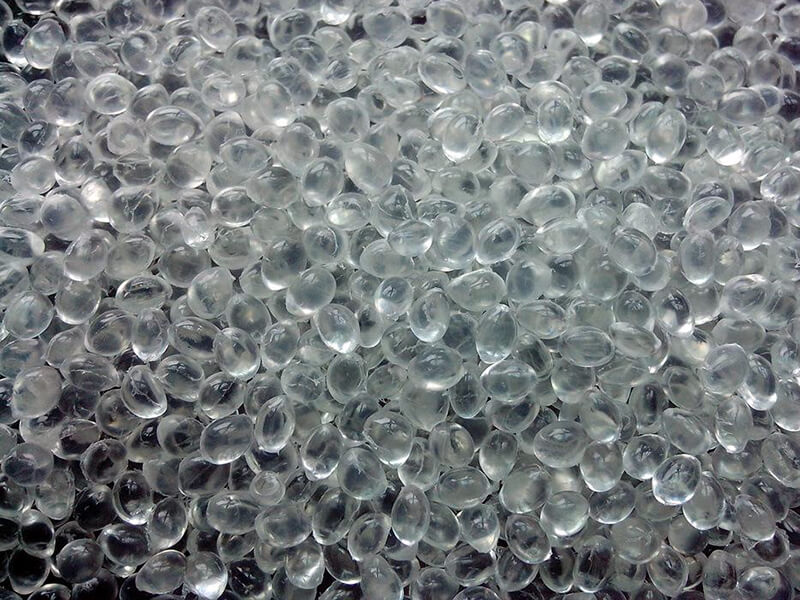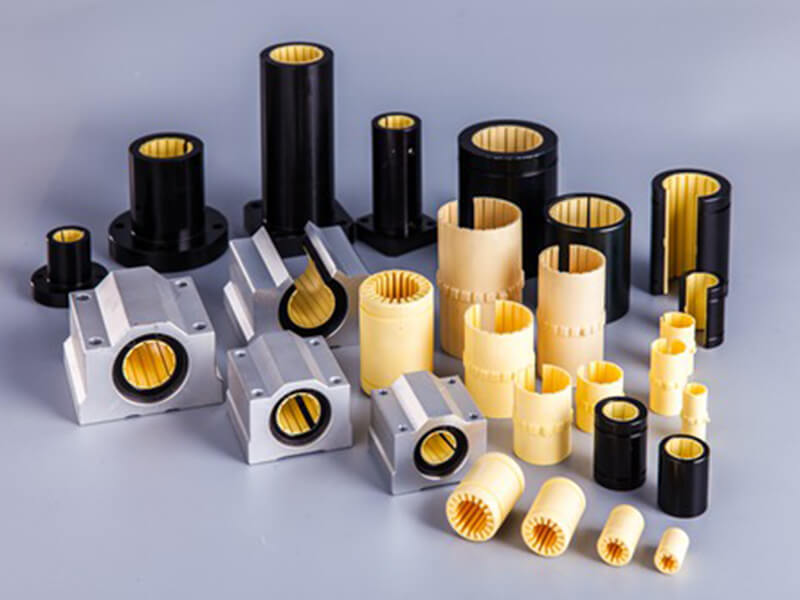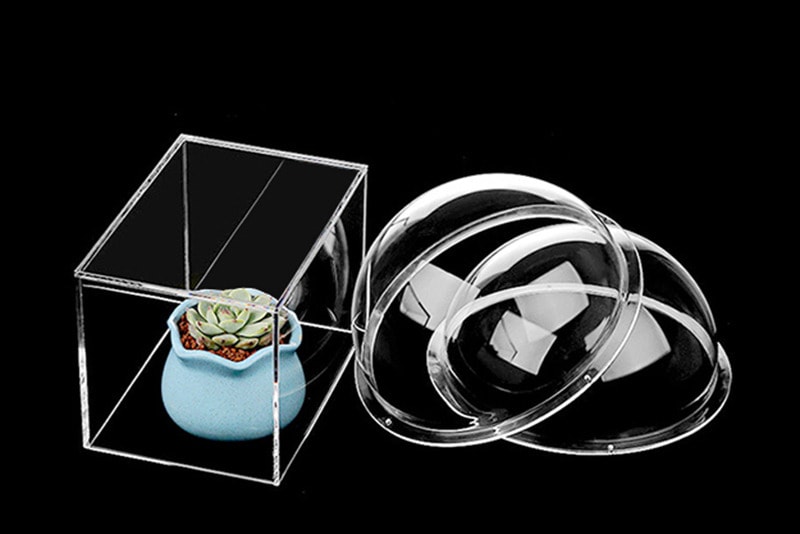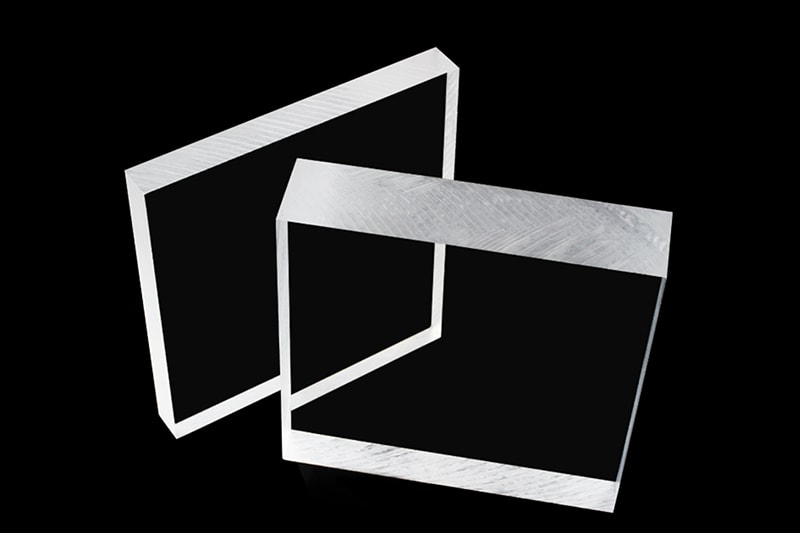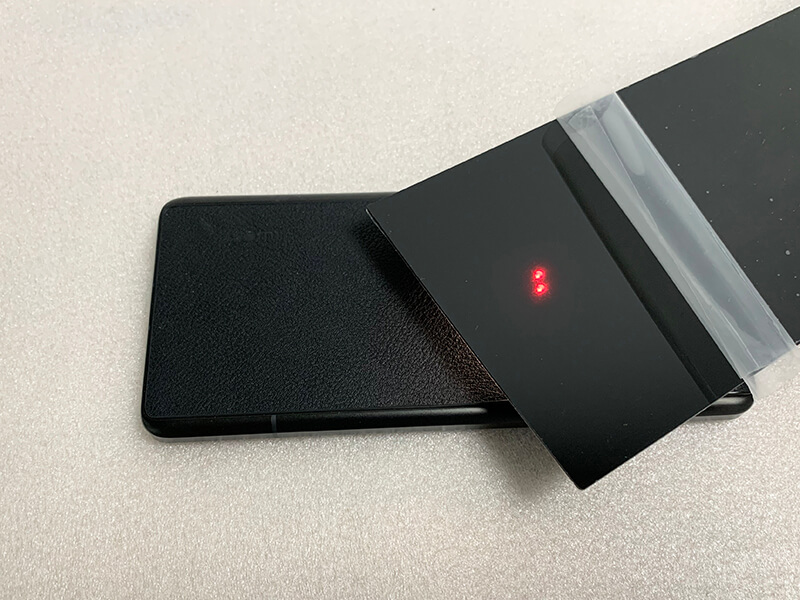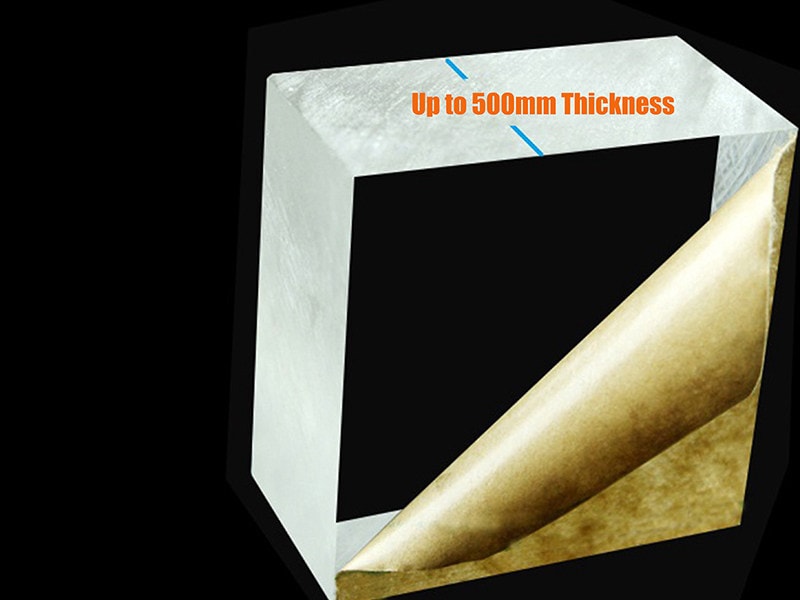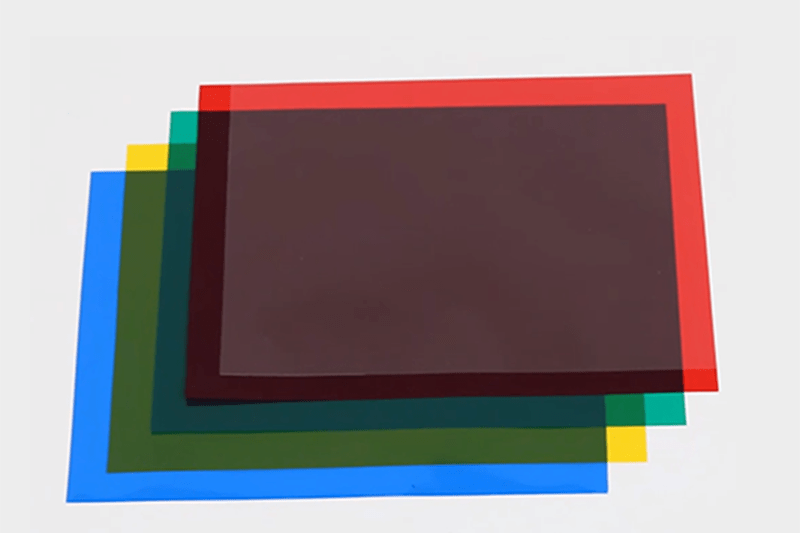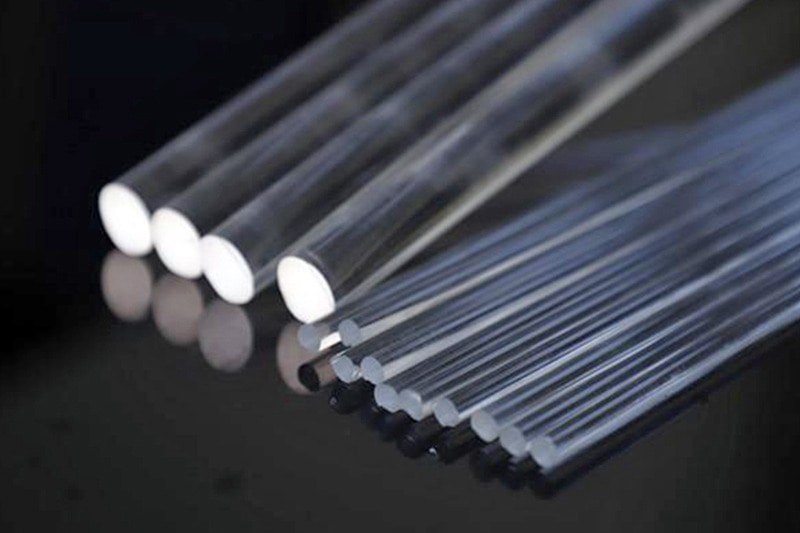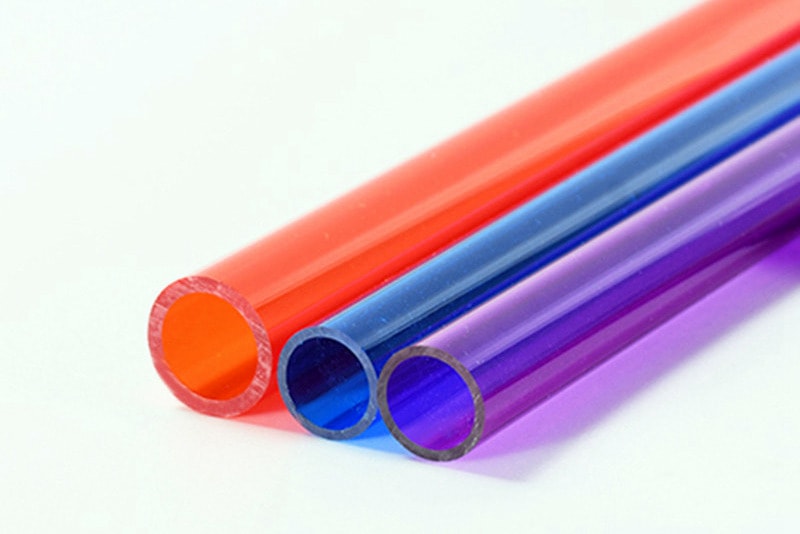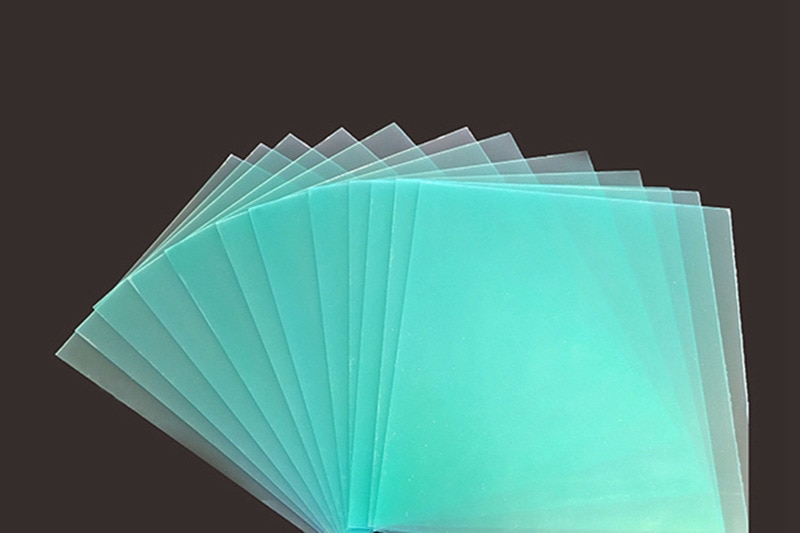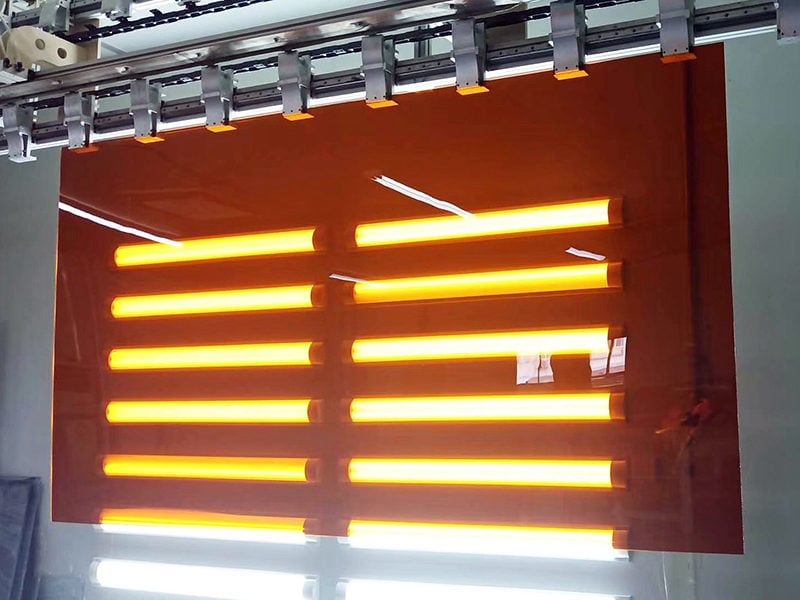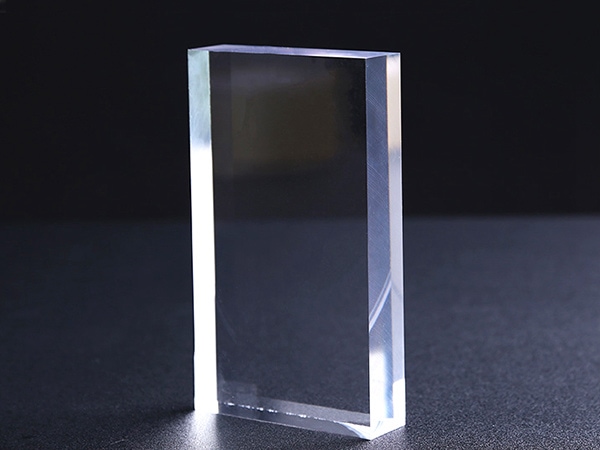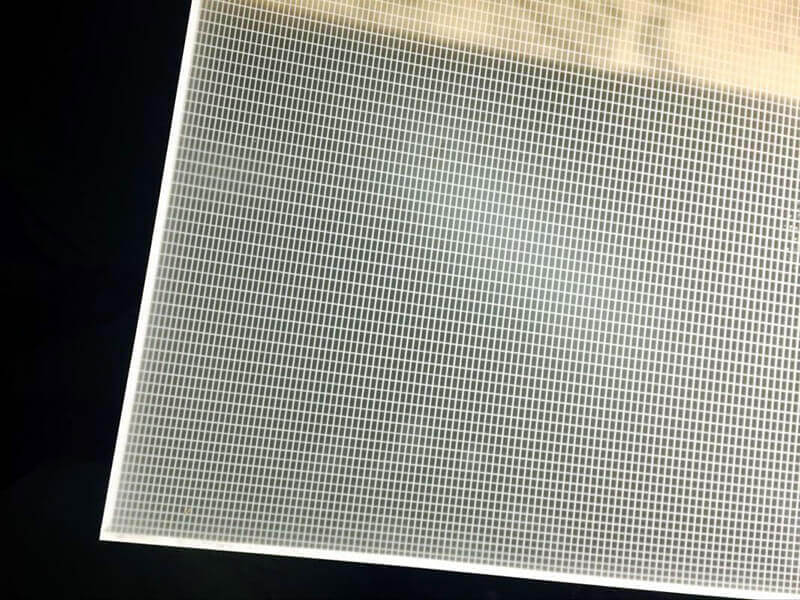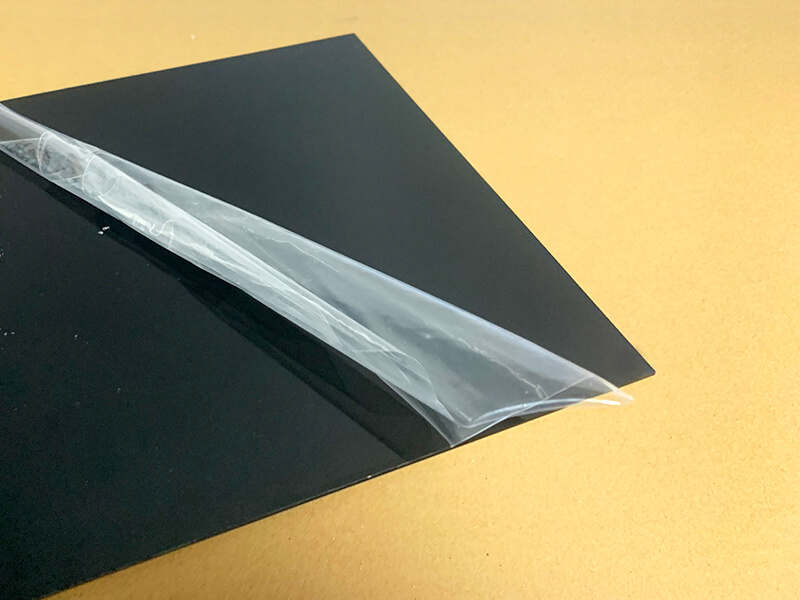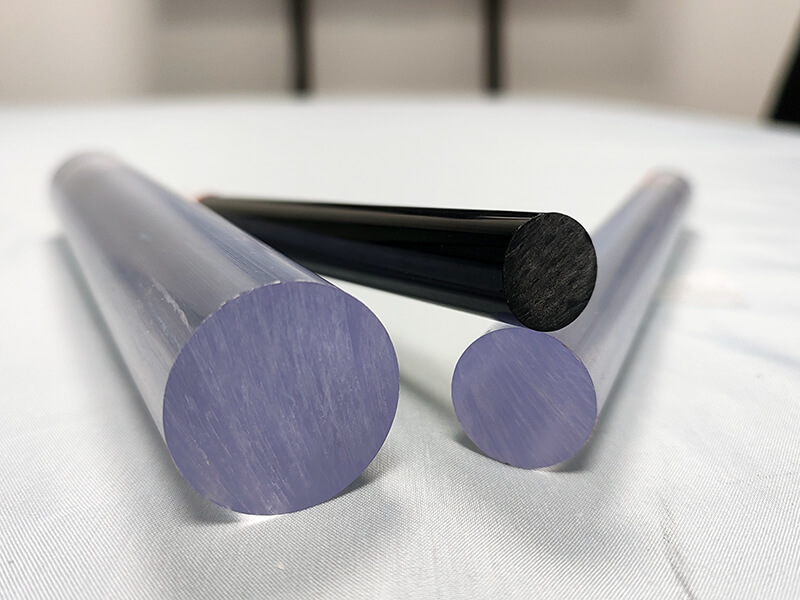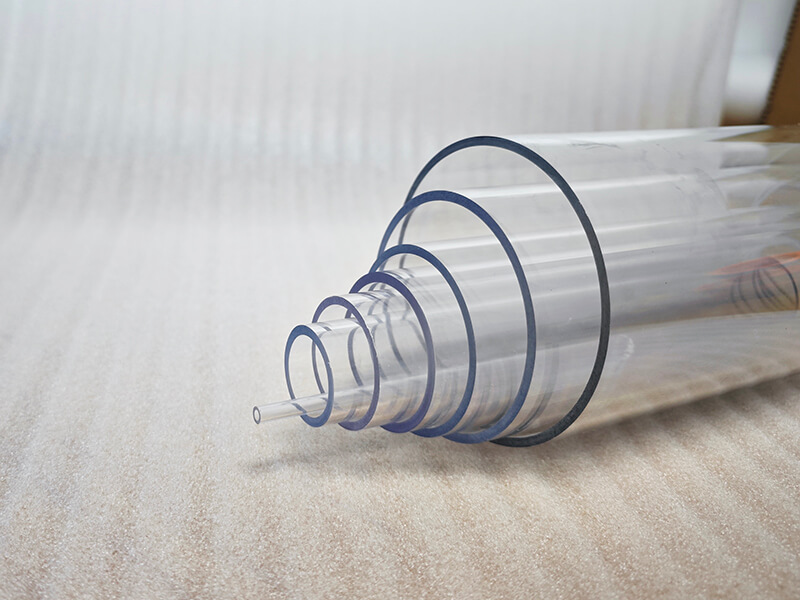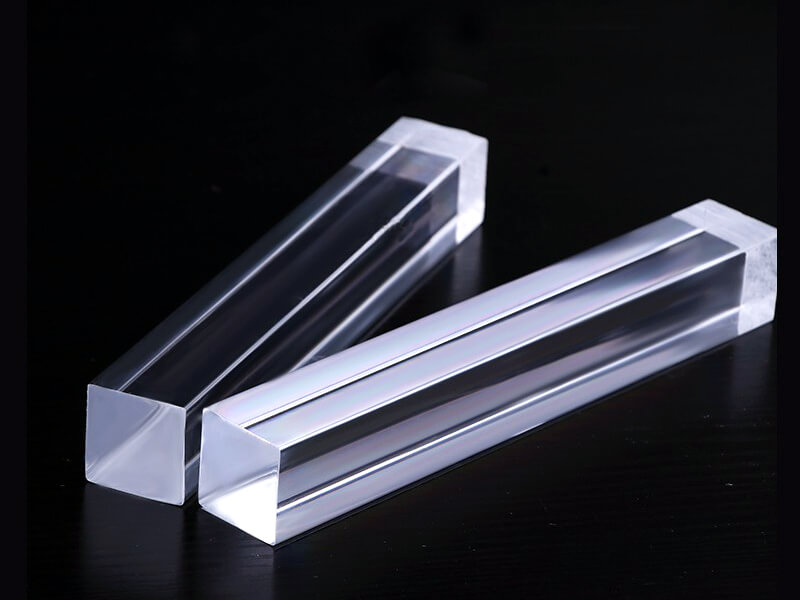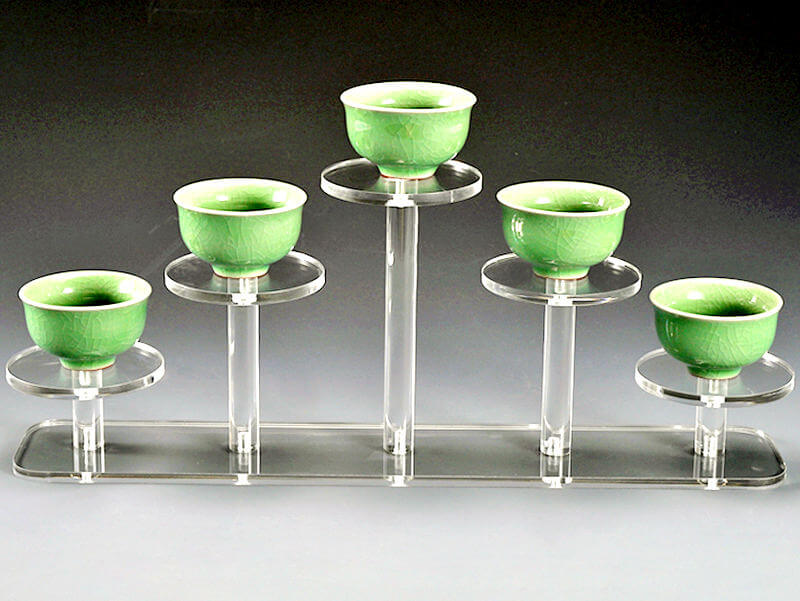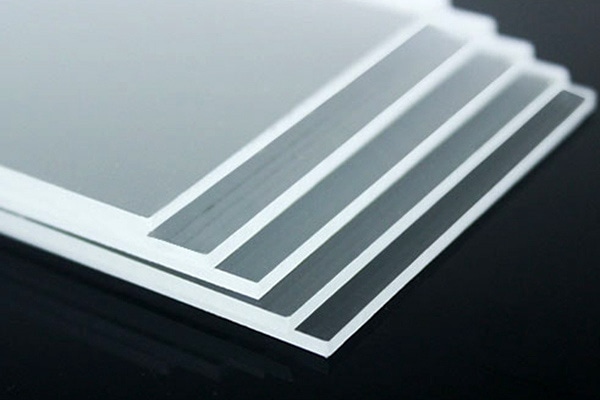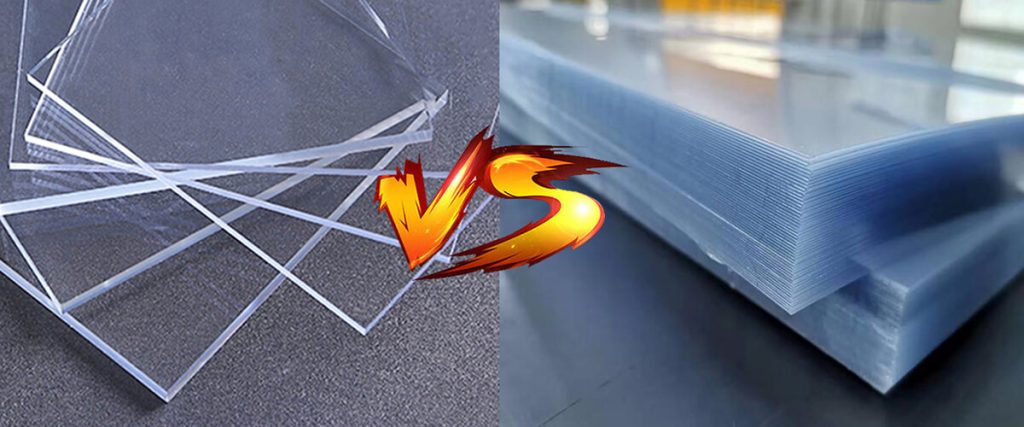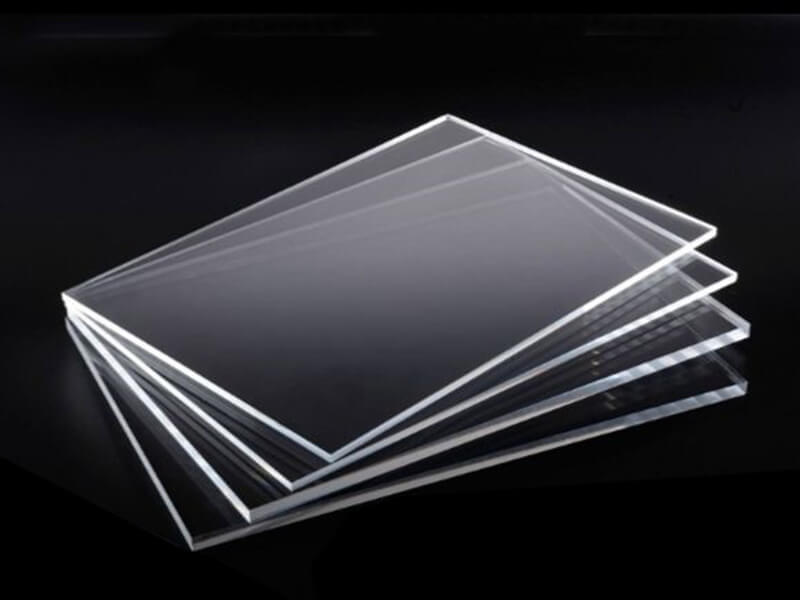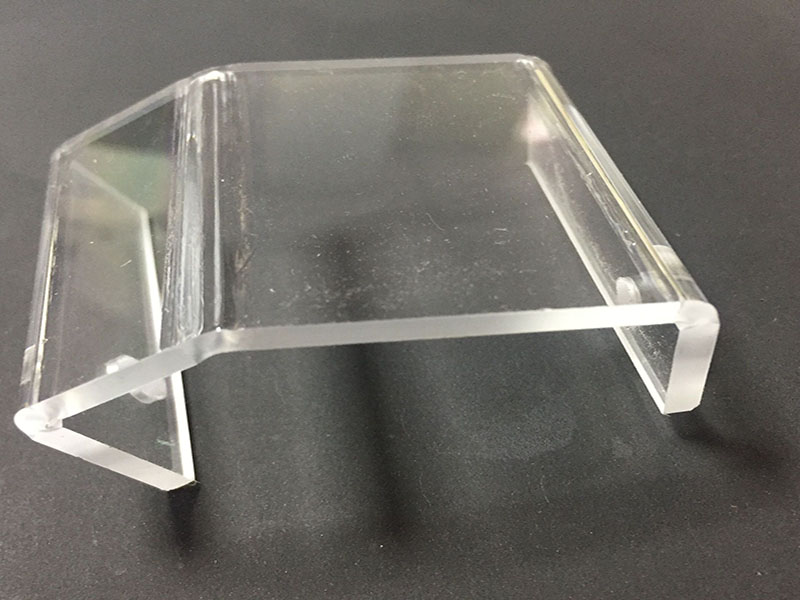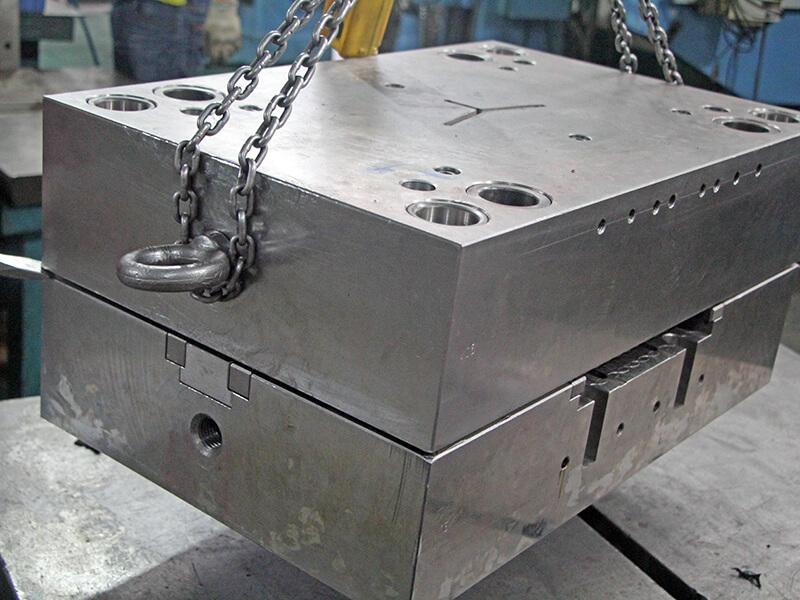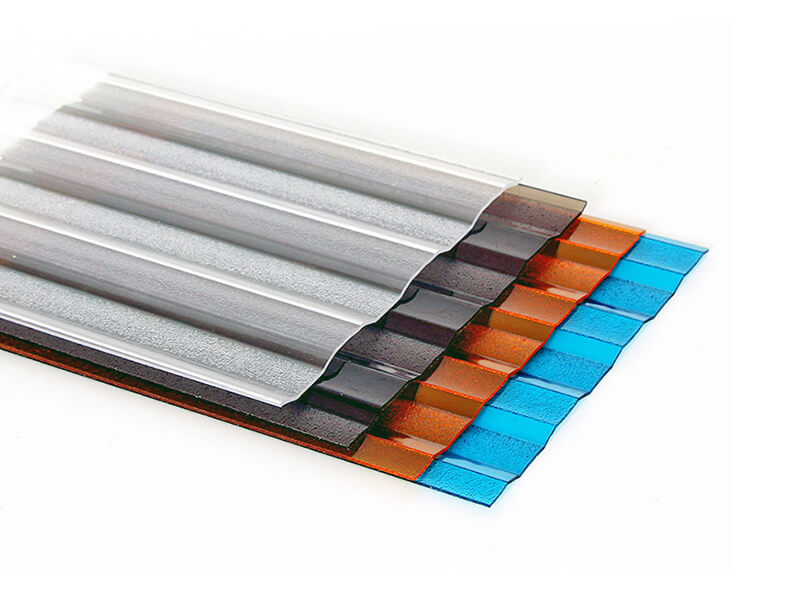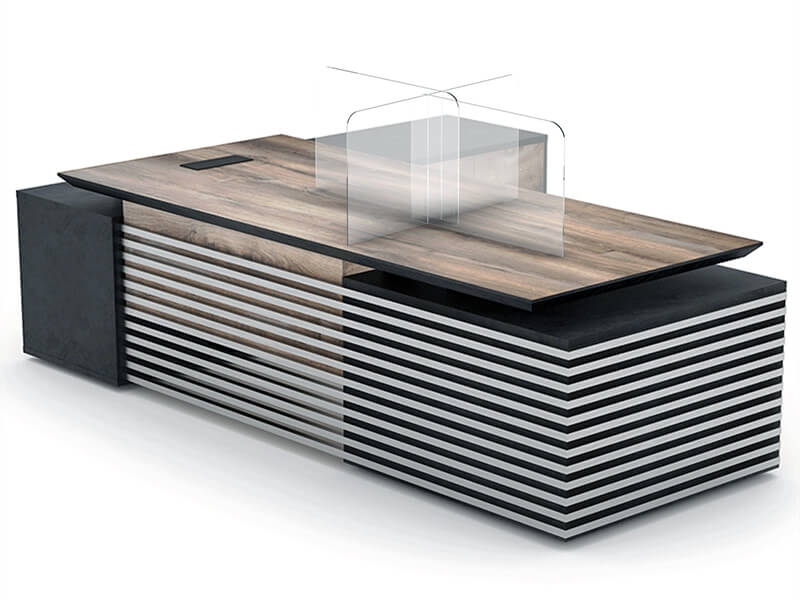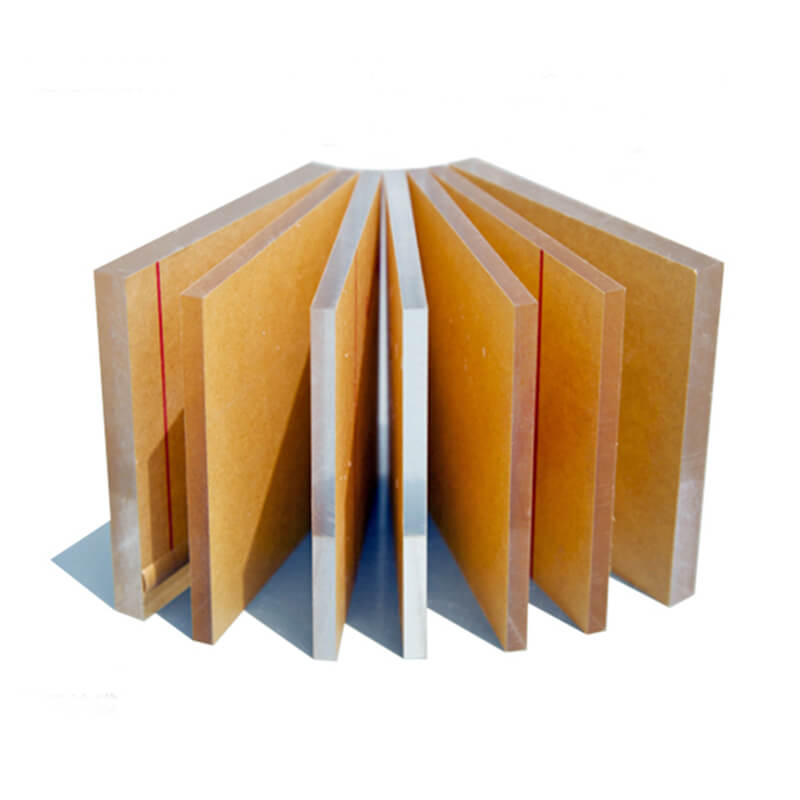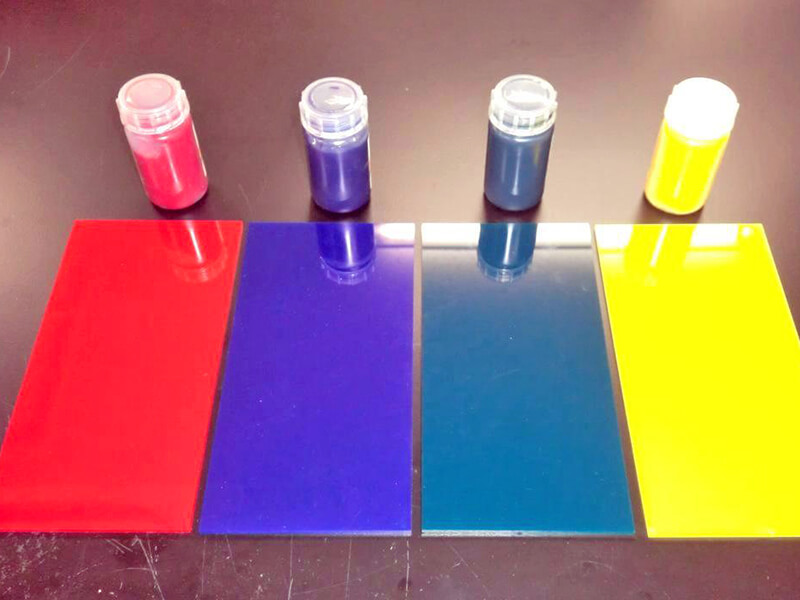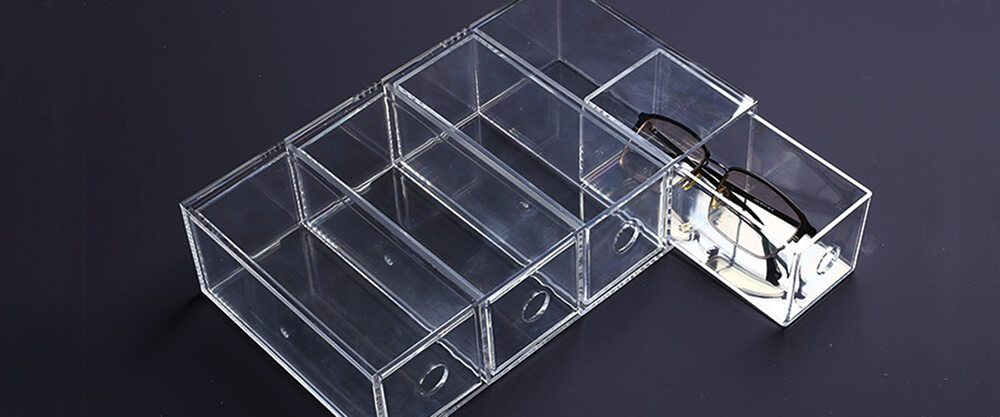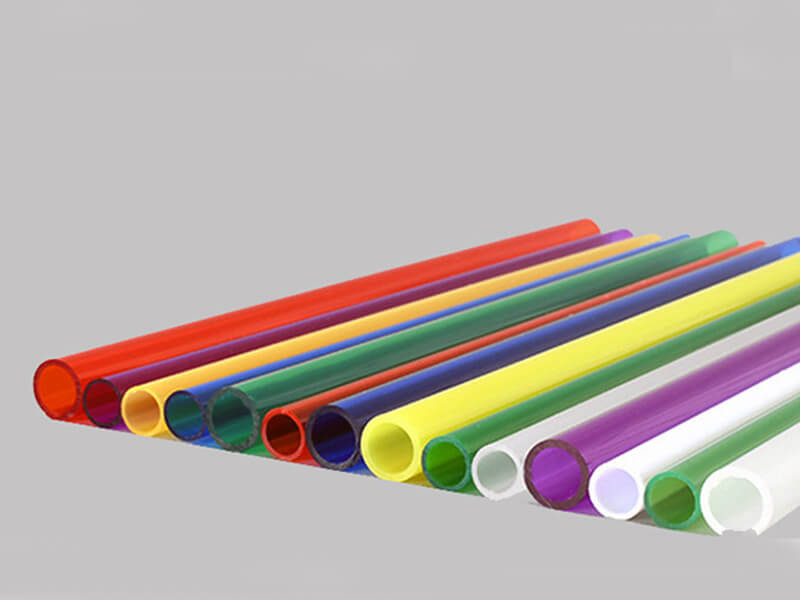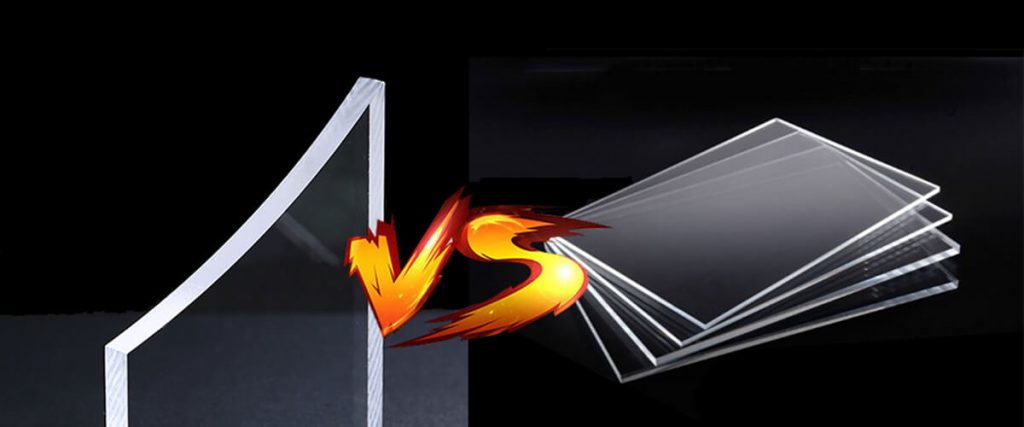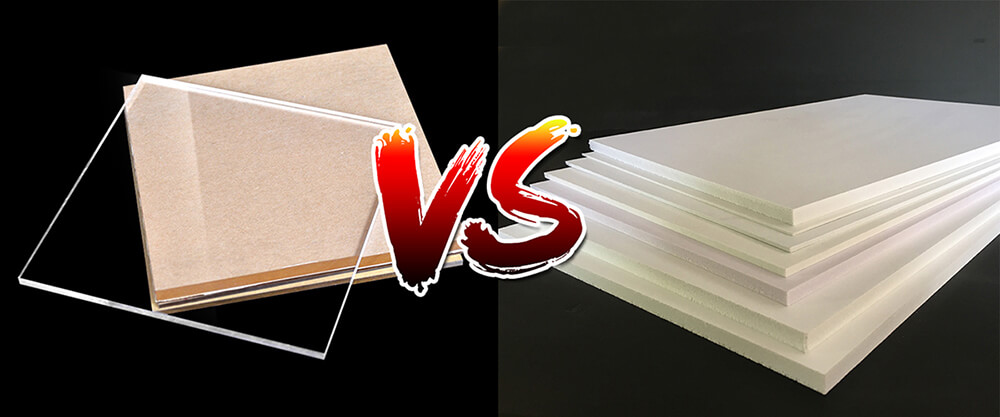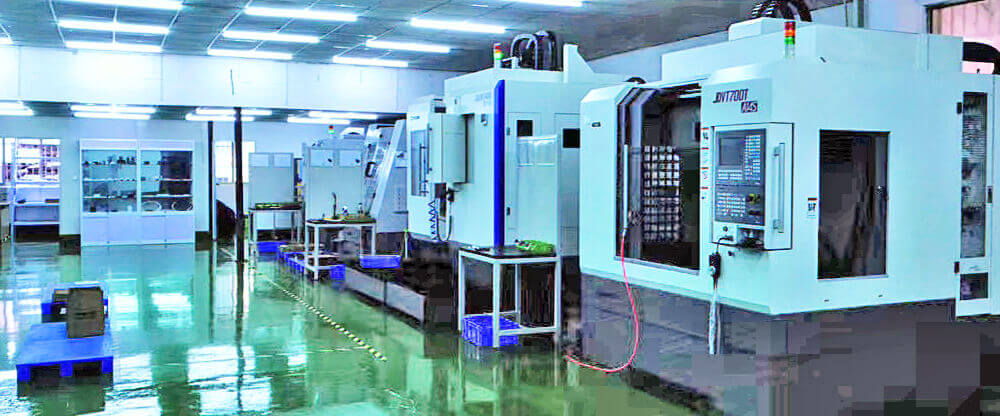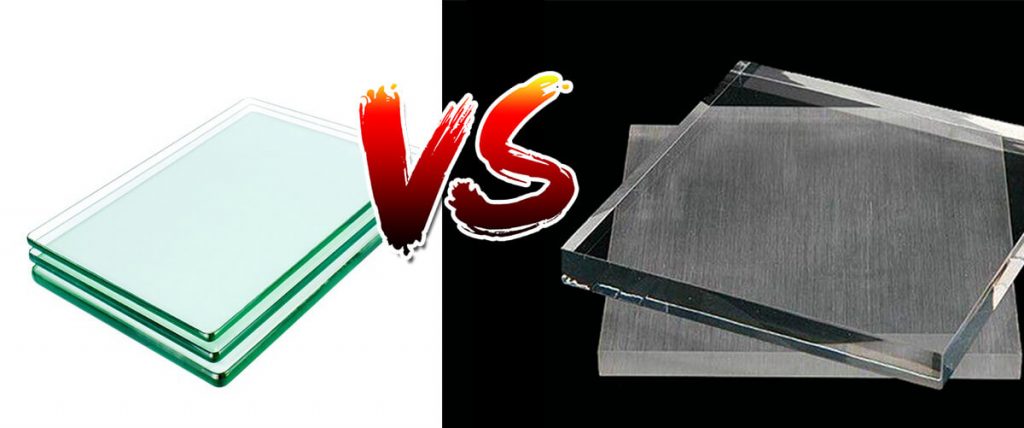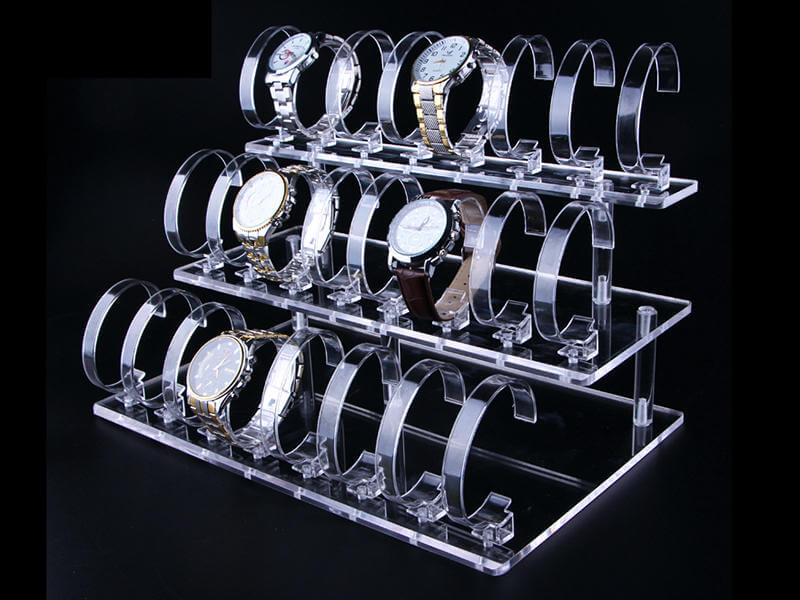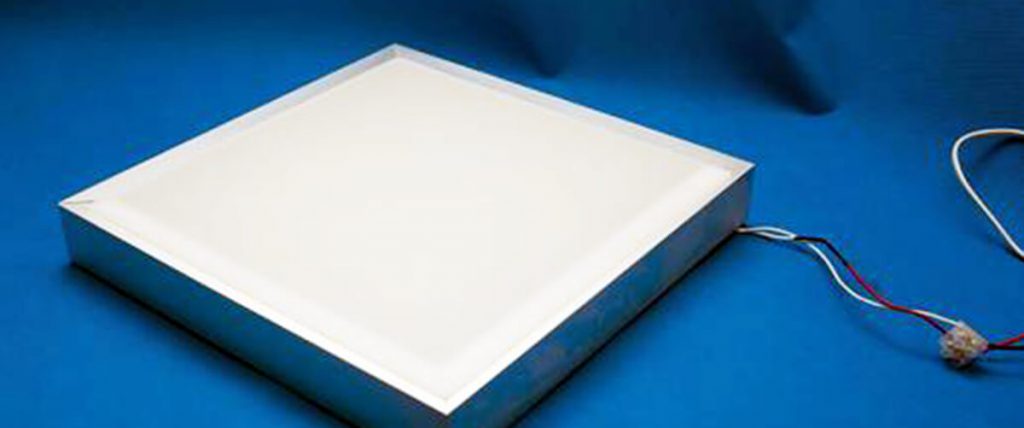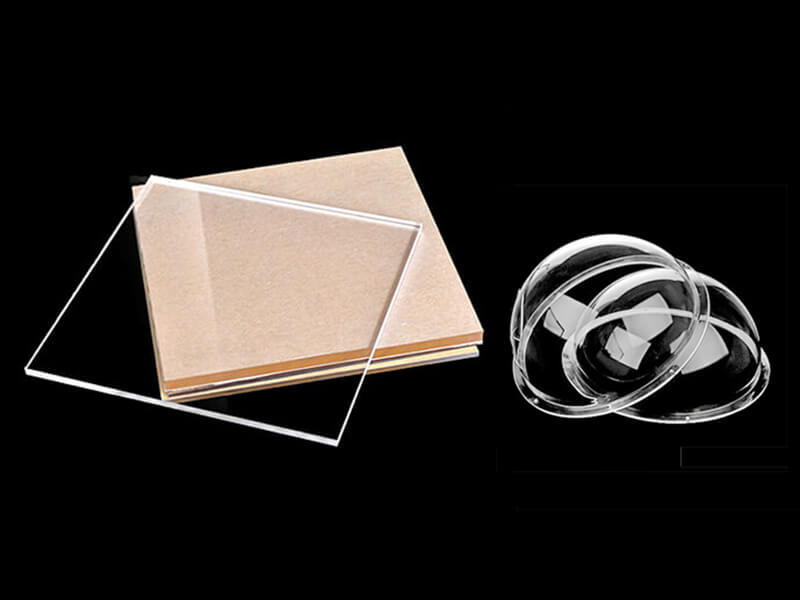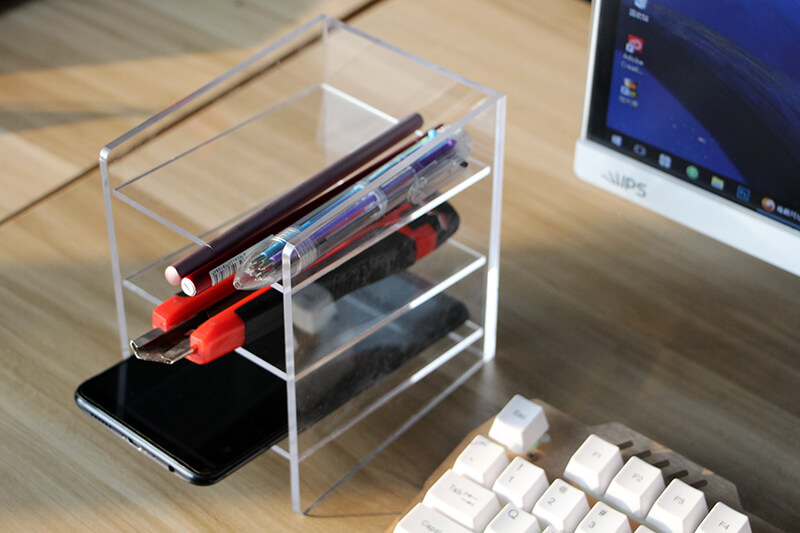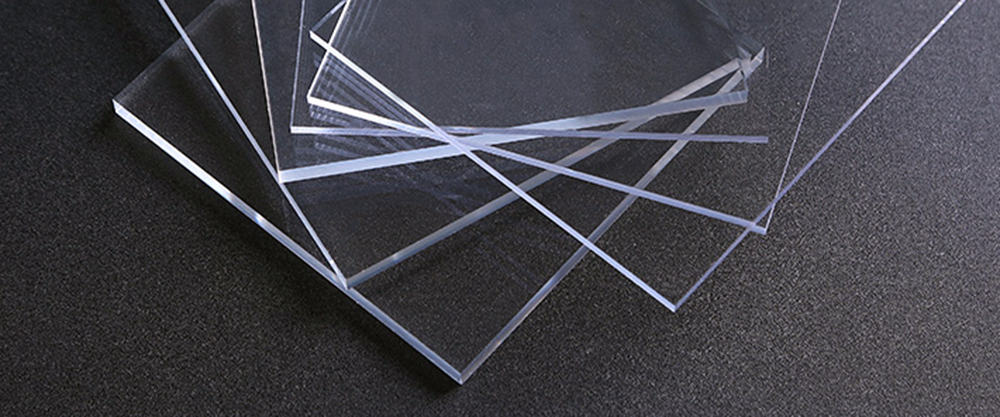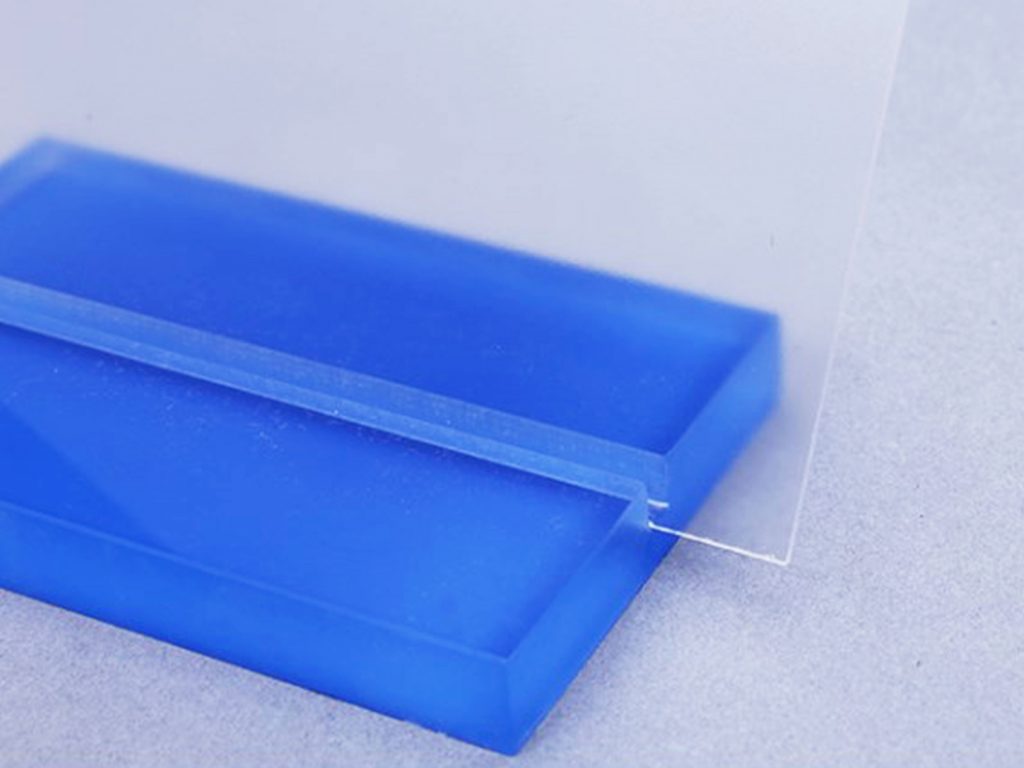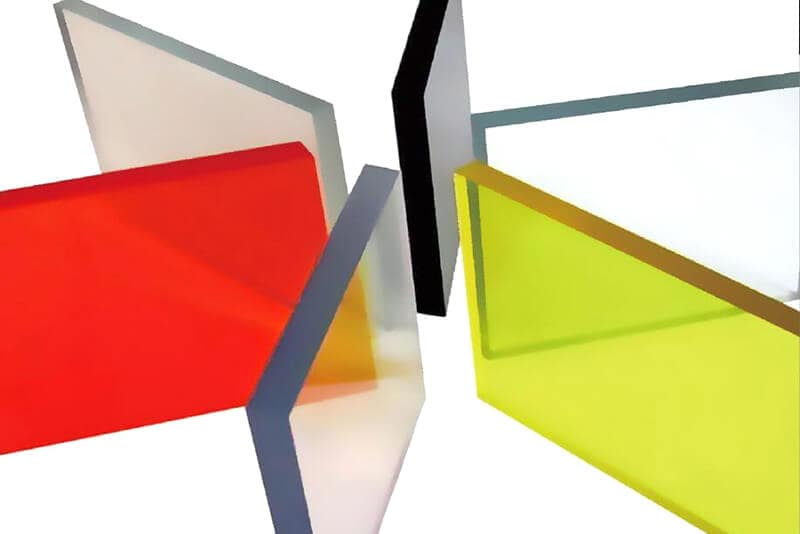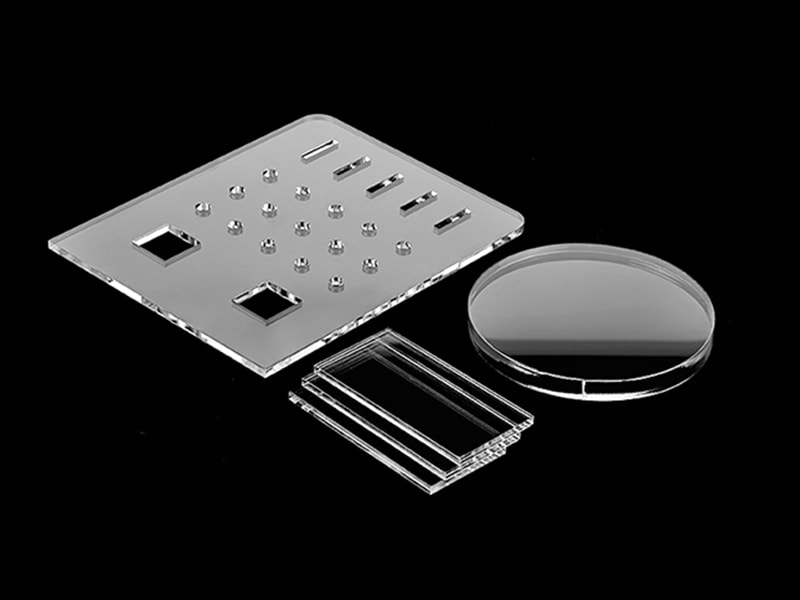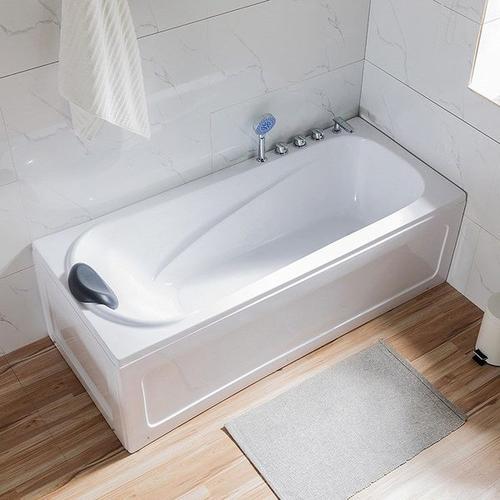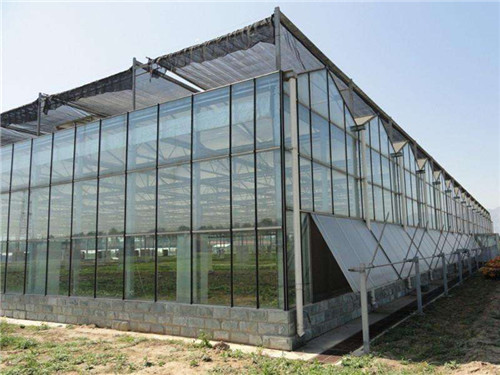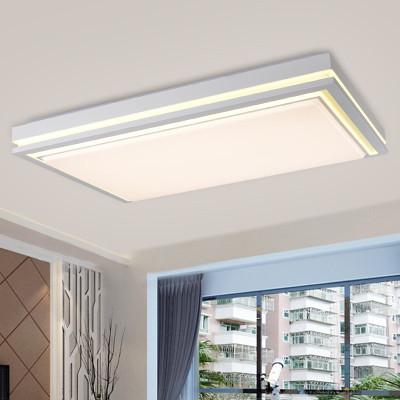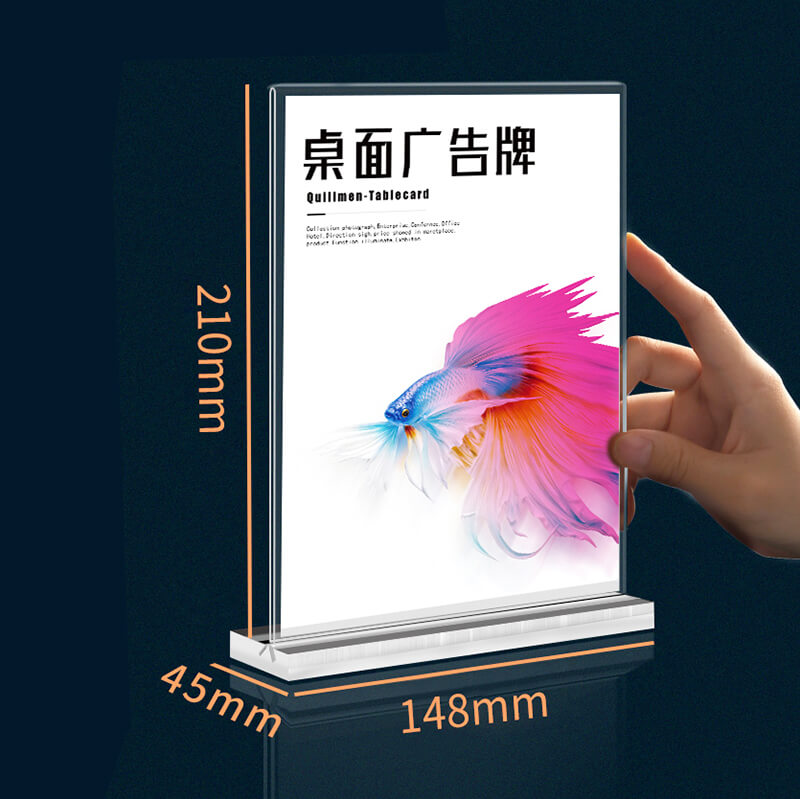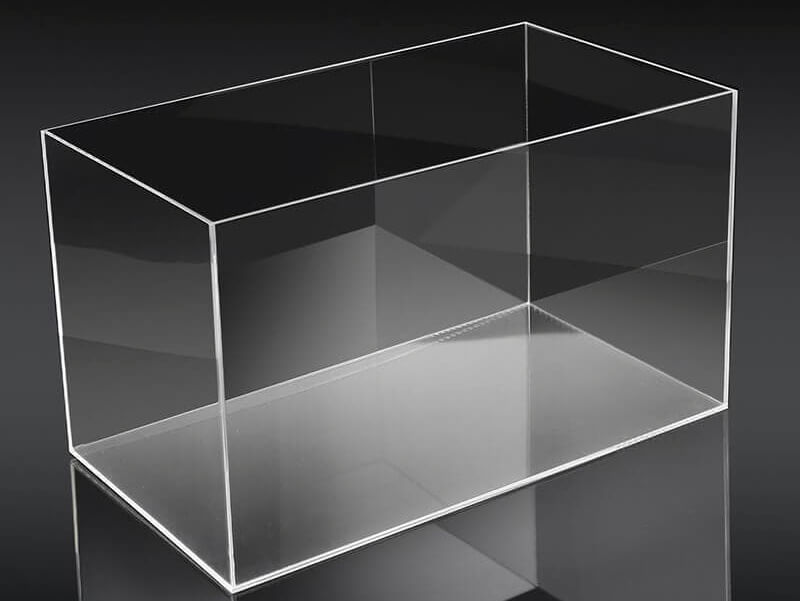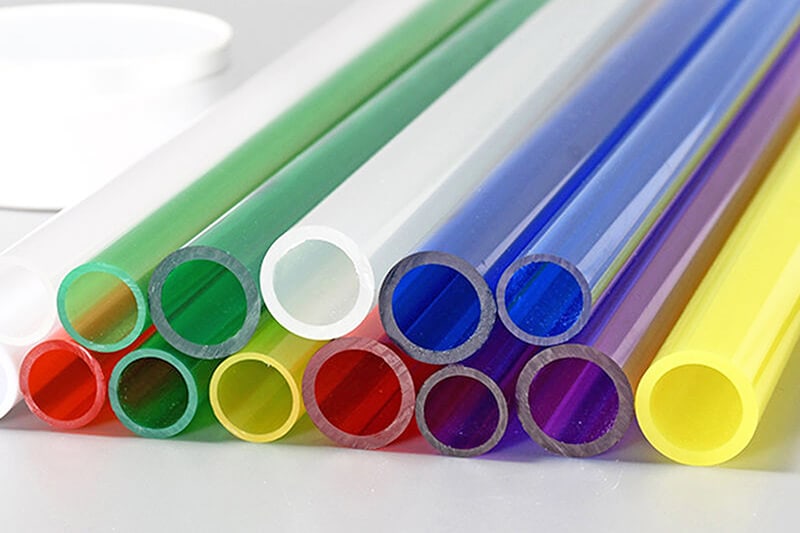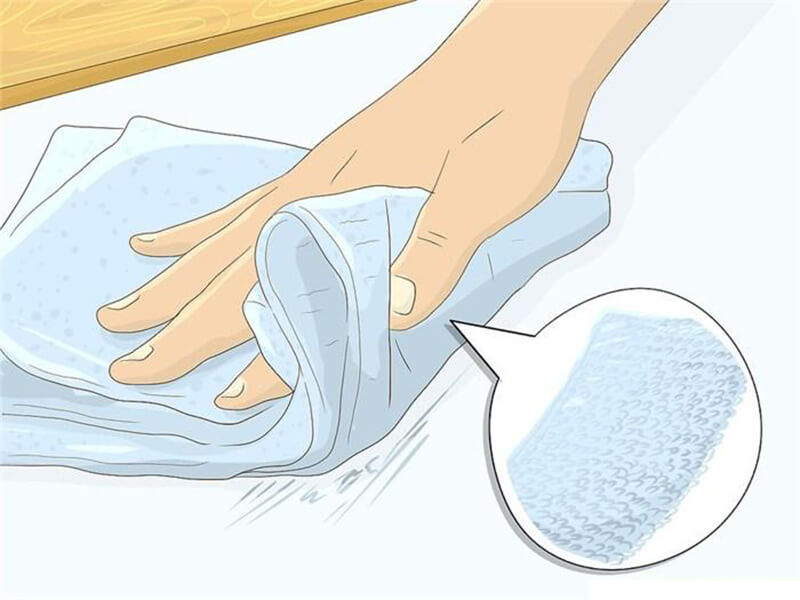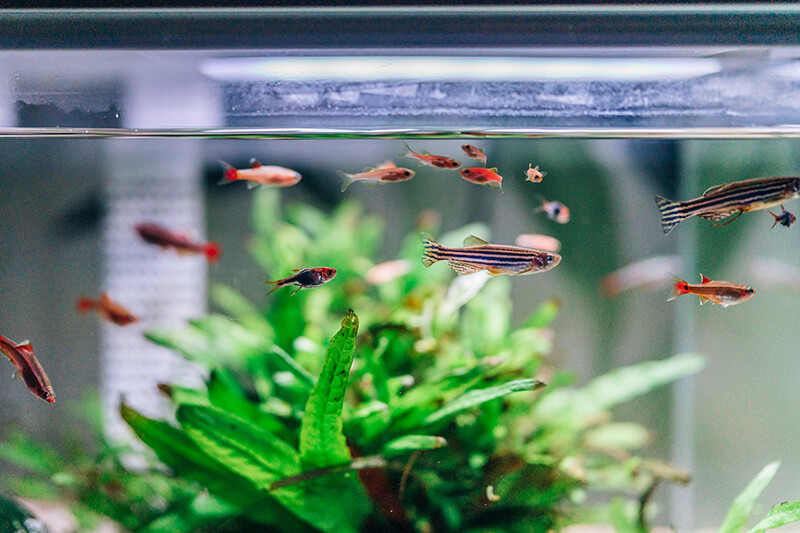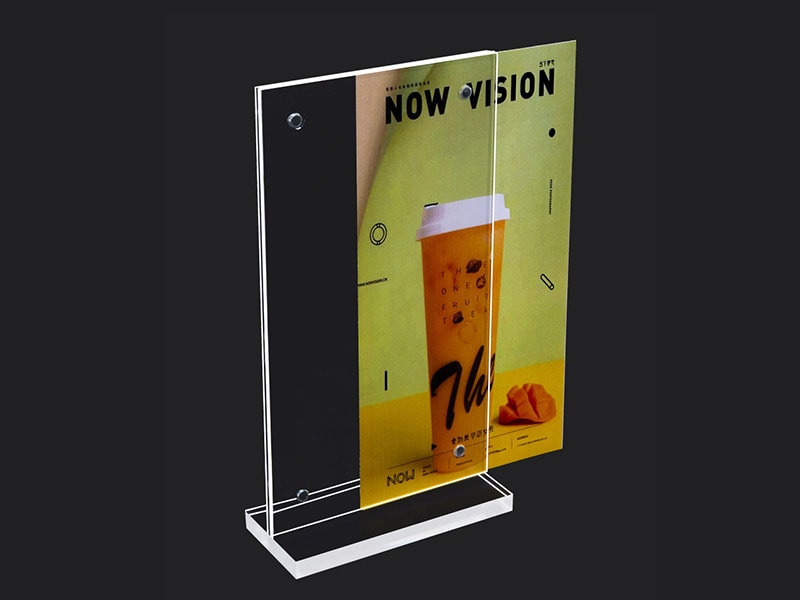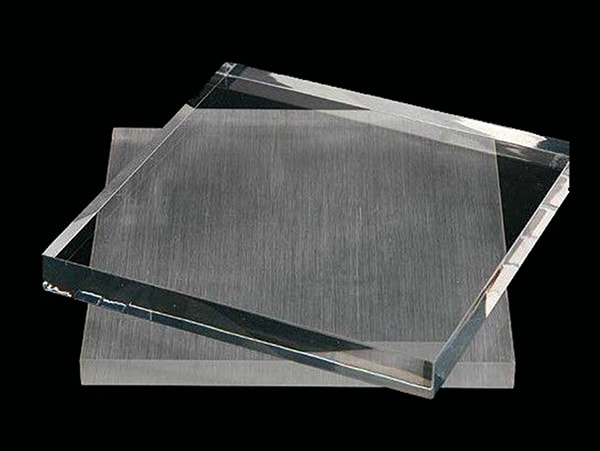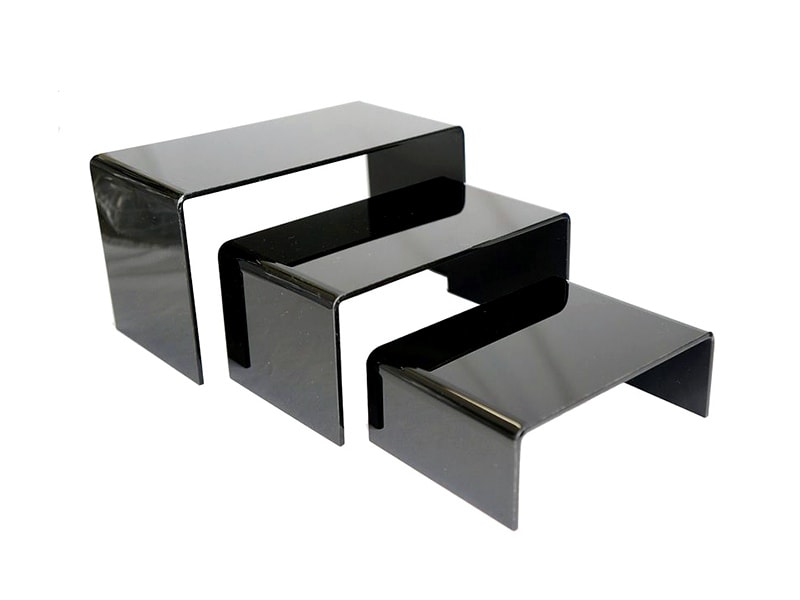Which Is Better for Injection Molding Between Between Thermoplastics and Thermosets
Over the years, injection molding has become a staple for the mass production of plastic products. Molten plastics are injected into the mold and cooled down to form the shape in this manufacturing process.
Therefore choosing the suitable material for this process sounds critical to the manufacturers. The two most common classifications of plastic are- thermoset and thermoplastics. Each type has its qualities and applications. Before knowing about the differences, let’s see what these materials are
Thermoset
Thermosets have a high melting point and they strengthen when heated. Once the thermoset is heated and turned into a shape, it cannot be remolded or subjected to heat to reform again.
Thermoset plastics are used for applications that need high heat tolerance as they do not melt or deform when they come in contact with extreme heat. Not all thermosets have the same melting point which creates a variation of the machinability, we will know in the machinability section below.
Thermoplastic
Compared to thermosets, thermoplastics have lower melting points. These plastics are appropriate for applications where heat tolerance is not required. They can withstand moderate heat but when it comes to extreme heat, thermoplastics melt.
The thermoplastic is liquified before machining and injected into the desired mold. Unlike thermosets, thermoplastics can be melted several times to turn them into the desired shape.
Polycarbonate sheets and plexiglass sheets are thermoplastic.
Difference Between Thermoset and Thermoplastic
The properties of the two materials- thermosets and thermoplastics are very different. However, the primary difference between these two plastics comes down to heat and chemical resistance.
Plastic injection molding companies typically handle either thermosets or thermoplastics. You can hardly find a company that handles both.
Heat Reaction
The core difference between thermosets and thermoplastics is their reaction to heat. Thermosets strengthen when they are heated. Once they are heated, they cannot be remolded or subjected to heat to be structured again.
Thermosets retain their overall strength upon exposure to heat. This leads them to withstand higher temperatures without losing their integrity. Therefore to make large permanent parts, thermoplastics are used as they can face extreme conditions too.
Recyclability
Thermosets can be molded only once. They retain their overall strength and shape when heat is applied. Therefore you cannot remold them by subjecting them to adding heat to change their structure.
In thermoset injection molding, cold material is injected into an extremely hot mold to create a part. This process cures the part so that it cannot be melted again.
On the other hand, thermoplastics can be heated, cooled, and molded multiple times into different shapes and structures being chemically intact. For injection molding, thermoplastics provide an advantage creating a wider array of products for mass production.
Workability
Not all thermosets have the same melting point. Different thermosets react to heat differently. This requires specialized machinery to properly use a thermoset for injection molding. Due to this injection molding machine for one thermoset might not work for the molding of another thermoset.
In the case of thermoplastics, this is not true. Thermoplastics can be molded in a single injection molding machine and they are appropriate for large-scale manufacturing projects.
Injection Molding Process
In thermoset injection molding, cold material is injected into an extremely hot mold to create a part. This process cures the part so it can never be melted again. Thermosets gain their strength and shape when subject to heat.
Thermoplastic begins in pellet form before heating them. Once they are heated up to a certain degree, they melt and the melted thermoplastic is injected into the desired mold to acquire shape. They can be remolded again when subjected to heat.
Application
Thermosets are frequently used for applications where the part must withstand extreme temperatures. This is also used for medical applications. For example, dental tools with silicone handles and metal parts must withstand the autoclaving process to be sanitized and reused. Higher voltage electrical equipment also uses thermosets in them.
Thermoplastics are typically used for manufacturing consumer plastics as they do not require contact with extreme heat or situations. They are used to make mugs and other home utensils. These plastics are resistant to heat up to a certain extent and they melt when extreme heat is provided.
When considering thermoset vs. thermoplastics, you’ll also consider if the plastic will be in frequent contact with certain chemicals. For example, if you manufacture casing for EKG, the plastic will need to withstand any hospital-grade chemical disinfectants.
Maybe, you need the machining acrylic service.
Availability
The very first plastic materials developed were the thermosets. With time thermoset injection molding is not as popular except for electrical contact applications and liquid silicone. Thus, thermoset injection molders are more difficult to find than thermoplastic injection molders.
Cost
The injection molding of the thermoset is typically slower, which equates to a higher cost. The price of molding thermoset or thermoplastic also depends on the property of the material. You can consult about the pricing with your manufacturer.
To Wrap Up
Thermoset and thermoplastic are just two choices you have for molding molten plastics. These materials are injected into the desired mold to obtain your desired shape. Now, there are different properties for both materials that make them different from one another.
As I have mentioned above, the primary difference is heat and chemical resistance. All plastics cannot resist every chemical, so you need to be cautious about applying your material. Make sure it can resist the chemicals if your application requires regular contact with certain chemicals.
Thermoplastics soften when subjected to extreme heat, while thermosets regain their strength and original shape when subjected to heat. Again, it is not like thermoplastics cannot tolerate heat at all. They can tolerate heat only up to a certain extent and after that exceeds, they start to melt. Therefore, thermosets are used for industrial or other occasions where the material has to resist extreme heat and adverse situations. These plastics can be molded only once, not more than once. On the other hand, you can reform a thermoset as many times as you desire and their chemical balance remains intact.
Need A Trustworthy Supplier Of Acrylic Product
Click on the button, you will find the Trustworthy Supplier Of Acrylic-based product and machining services.

